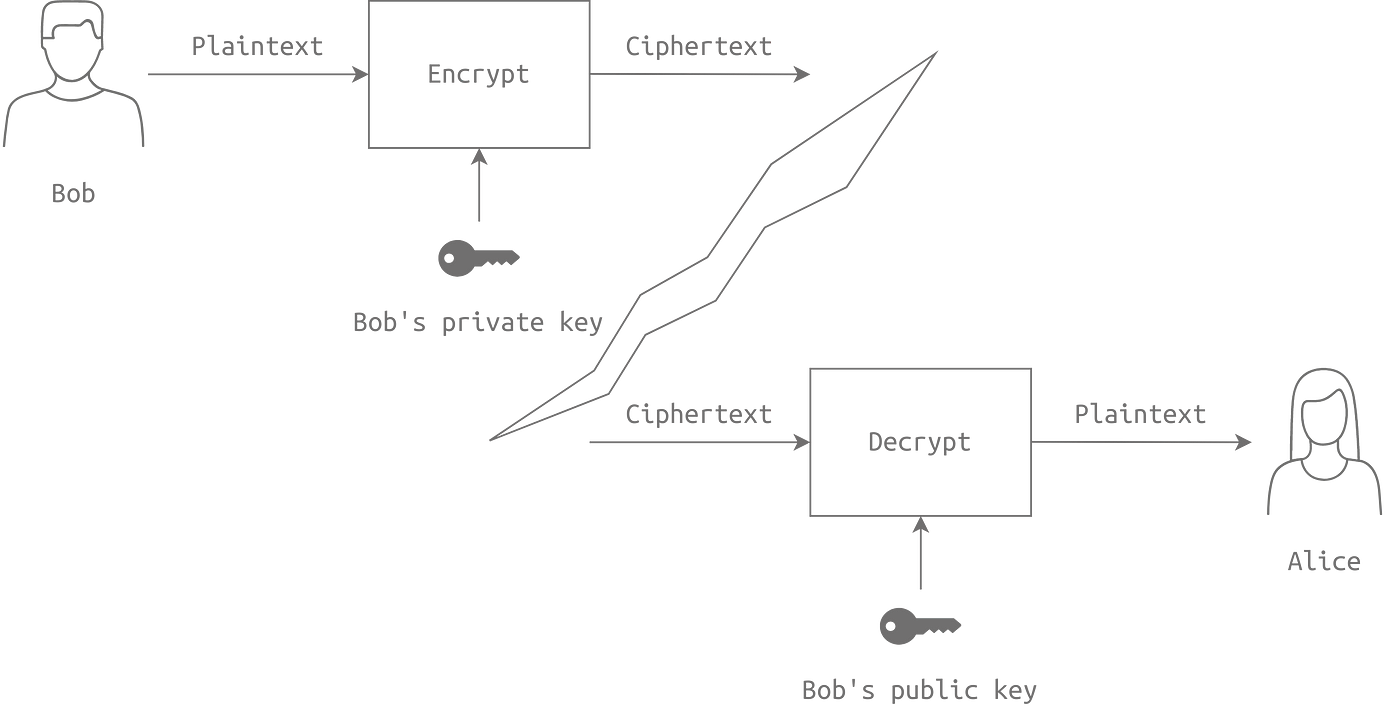The alphanumeric sequence 4H7D6F7 has piqued curiosity across industries, from cryptography to logistics. At first glance, it appears random, but structured codes like this often hold hidden meanings. This article dives deep into the potential interpretations of 4H7D6F7, its role in modern systems, and why it matters.
Whether it’s a product serial number, a cryptographic hash, or a unique identifier in a database, alphanumeric codes are the backbone of organized data management. Let’s unravel the layers behind 4H7D6F7 and explore its practical and theoretical significance.
Breaking Down 4H7D6 F7: Structure and Possible Interpretations
1. Alphanumeric Composition
The code 4H7D6F7 combines numbers (4, 7, 6, 7) and letters (H, D, F). This mix suggests it could serve multiple purposes:
-
Product Identification: Used in manufacturing for tracking batches or versions.
-
Cryptography: A shortened hash for data encryption.
-
Geolocation: Encrypted coordinates for mapping systems.
2. Hexadecimal Analysis
In hexadecimal systems (base-16), letters A-F represent values 10-15. However, “H” and “D” fall outside this range, hinting that 4H7D6F7 might not be a standard hex code. This anomaly opens doors to proprietary encoding methods.
3. Pattern Recognition
The alternating numbers and letters (4-H-7-D-6-F-7) could denote a structured format, such as:
-
Category-Subcategory Codes: E.g., 4 = Region, H = Product Type.
-
Time-Stamped Data: 4H7 = April 7th, 6F7 = 6:17 PM.
Industry Applications of Codes Like 4H7D6F7
1. Supply Chain and Logistics
Alphanumeric codes streamline inventory management. For example:
-
Batch Tracking: 4H7D6F7 could indicate a product’s manufacturing date, facility, or quality checks.
-
Global Shipping: Codes help automate sorting and delivery in e-commerce.
2. Cybersecurity and Cryptography
In cybersecurity, codes like 4H7D6F7 might serve as:
-
API Keys: Granting access to software platforms.
-
Tokenized Data: Protecting sensitive information in databases.
3. Healthcare Systems
Patient records and medical devices often use codes to ensure privacy and accuracy:
-
Drug Identification: 4H7D6F7 could represent a medication’s formula or dosage.
-
Lab Samples: Unique IDs prevent mislabeling in diagnostics.
Why 4H7D6F7 Matters: Benefits of Structured Coding Systems
1. Enhanced Data Accuracy
Structured codes minimize human error. For instance, scanning 4H7D6F7 in a warehouse reduces misplacement risks.
2. Scalability
Businesses can expand product lines or services without overhauling existing systems.
3. Security
Proprietary codes deter counterfeiting and unauthorized access.
Challenges in Decoding Ambiguous Sequences
1. Lack of Standardization
Without context, interpreting 4H7D6F7 becomes guesswork. Industries need unified frameworks for code structures.
2. Data Silos
Codes stored in isolated databases limit cross-industry collaboration.
3. Evolution of Technology
Legacy codes like 4H7D6 F7 may become obsolete with advancements in AI and quantum computing.
Future Trends in Alphanumeric Coding
1. AI-Powered Decoding
Machine learning models could auto-interpret ambiguous sequences by analyzing historical data.
2. Blockchain Integration
Immutable ledgers might use codes like 4H7D6 F7 to track asset ownership transparently.
3. Quantum Cryptography
Future codes may leverage quantum mechanics for unhackable encryption.
Hypothetical Case Study: 4H7D6 F7 in Action
Imagine a pharmaceutical company using 4H7D6 F7 to tag vaccine batches:
-
4: Region (e.g., North America)
-
H: Manufacturer (e.g., “HealthCorp”)
-
7D: Production date (July 4th)
-
6F7: Quality control certification code.
This system ensures traceability during recalls and builds consumer trust.
Conclusion: The Hidden Power of 4H7D6 F7 and Beyond
While 4H7D6 F7 remains enigmatic, its potential applications highlight the importance of structured coding in a data-driven world. From securing networks to optimizing supply chains, such sequences are indispensable. As technology evolves, so will the methods to create and decode them—ushering in an era of smarter, safer systems.
Call to Action: Stay ahead of the curve! Subscribe to our newsletter for insights on emerging tech trends and coding innovations.



